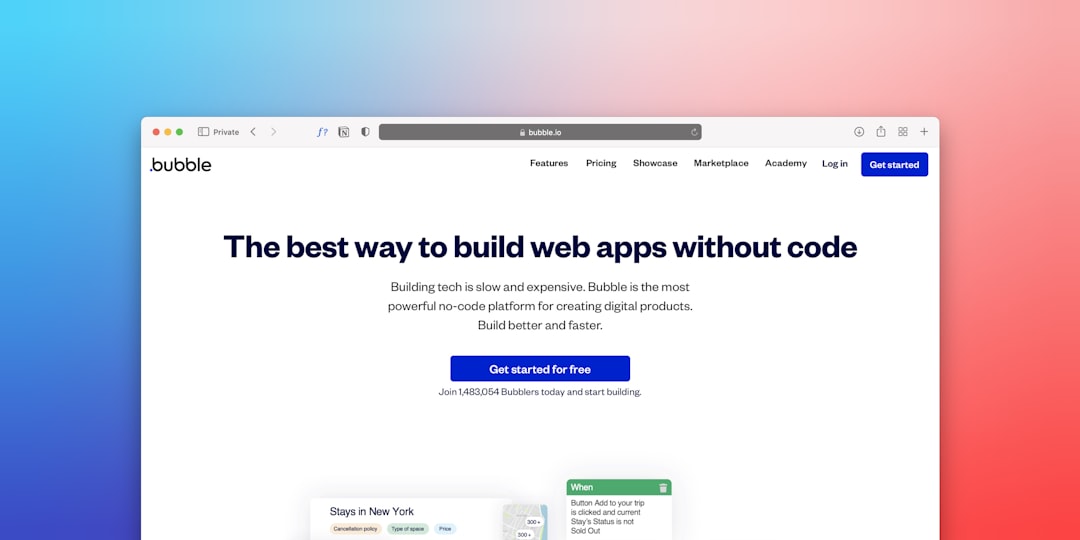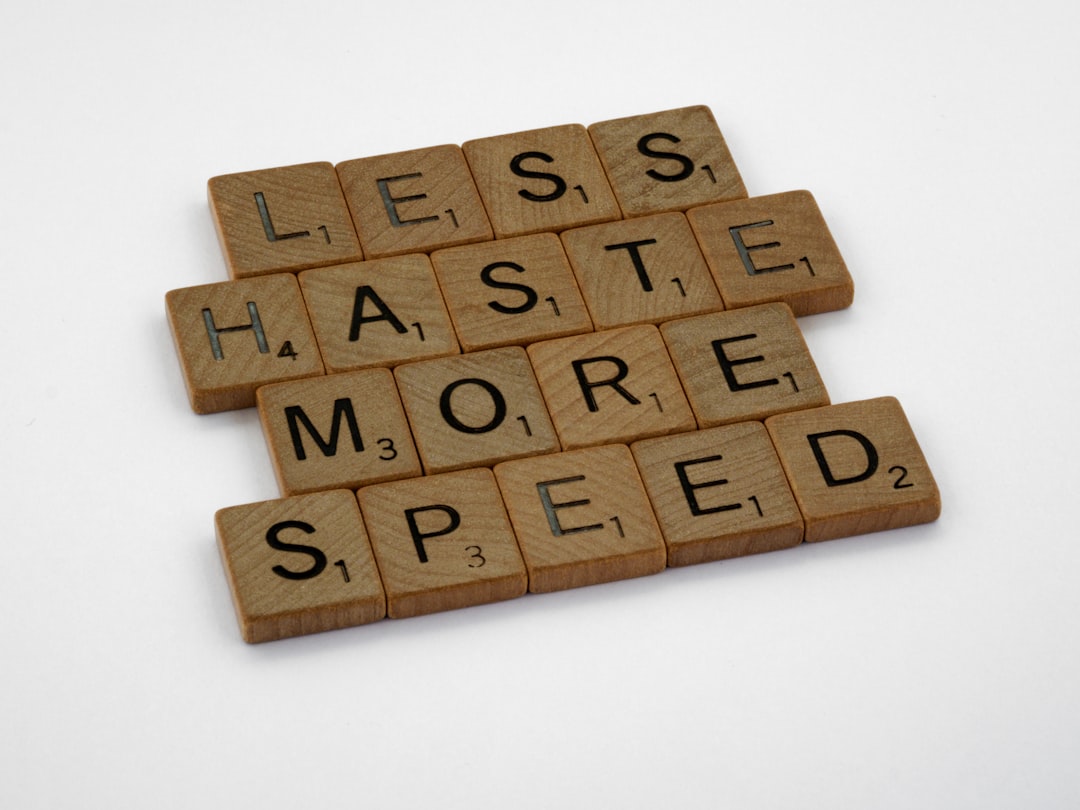For digital marketers, website performance, conversion efficiency, and user experience are non-negotiable elements of success. With every microsecond of delay or every non-intuitive form element, potential leads slip through the cracks. This is where Divi 5, the latest generation of the popular WordPress builder by Elegant Themes, comes into play — a massive leap forward designed with both developers and marketers in mind. In this article, we’ll explore why Divi 5 is transforming the marketing landscape with its revolutionary speed enhancements, new block-based architecture, and advanced form integration capabilities.
The Speed Advantage: Why Speed Equals Conversions
Page speed is more than a convenience — it’s a conversion metric. Studies consistently show that slow-loading websites lead to higher bounce rates and lost revenue. Not only do users demand instant access to content, but platforms like Google also take site speed into account when determining search rankings. Fortunately, Divi 5 introduces a complete performance overhaul.
Here’s how Divi 5 boosts page speed:
- Rewritten core architecture: Divi 5 is built on a refreshed code foundation that removes legacy bloat and streamlines processes.
- Pure blocks-first rendering: By using native WordPress blocks and server-side rendering, Divi 5 eliminates unnecessary frontend JavaScript calls, improving load time dramatically.
- Asset optimization: Divi 5 automatically loads only the CSS and JavaScript files that are needed for the page being viewed, which greatly improves both mobile and desktop performance.
For marketers, this improvement is monumental. Fast sites keep users engaged, increase page views, and reduce bounce rates — all of which contribute directly to more leads and higher ROI from campaigns.

Embracing WordPress Blocks: A More Powerful Visual Builder
Divi 5 is now fully aligned with WordPress’s vision of a block-based future. Unlike earlier versions that worked through shortcodes and proprietary modules, Divi 5 has embraced native Block Editor compatibility, delivering a more standardized and future-proof experience.
What does this mean for digital marketers?
- Seamless integration: Divi 5 works perfectly with the WordPress Block Editor (Gutenberg), so users don’t need to choose between the two. This reduces the learning curve and maximizes flexibility.
- Block templates: Marketers can now create and reuse conversion-optimized landing pages using block-based templates, saving time on repetitive tasks.
- Better collaboration: Content creators, designers, and developers can work together more fluidly with a shared interface that respects WordPress’s native structure.
Because many plugins and extensions now rely on WordPress native blocks, this compatibility also ensures that Divi users can benefit from far greater third-party extensibility than ever before.
No more shortcodes weighing down your SEO. Divi 5 uses clean, light output that is both machine-readable and human-optimized — a shift that has far-reaching implications for page indexing, accessibility, and ultimately, ranking on search engines.
Next-Generation Form Integrations: Connecting with the Tools Marketers Love
Forms are the heart of most marketing funnels. Divi 5 recognizes the critical role forms play in lead generation and offers enhanced features and integrations that bring form-based campaigns closer to plug-and-play efficiency.
Key improvements in Divi 5 form handling include:
- Native integrations: Divi Forms now offer built-in compatibility with tools like Mailchimp, ActiveCampaign, HubSpot, and ConvertKit — no external plugin required.
- Simplified data mapping: Integration settings make it simple to match form fields to CRM or email platform variables. You can set up complex data workflows — even with conditional logic — without writing code.
- Advanced anti-spam filters: Out of the box, Divi 5’s forms come with honeypot protection, Google reCAPTCHA support, and bot activity detection — keeping your data clean from invalid leads.
Forms are now faster to configure and more reliable than in past versions. This means fewer barriers between your calls-to-action and actual conversions. Whether you’re rolling out a content-based offer or launching a webinar campaign, the process of collecting and nurturing leads has never been smoother.

Marketing UX Elevated: Easier Multistep Workflows and Automation
Beyond the upgrades to forms, Divi 5 introduces advanced options for conditional visibility, dynamic content, and interaction-driven events — features marketers can use to personalize experiences without custom code.
Noteworthy tools include:
- Conditional logic display rules: Show or hide content based on user behavior, device type, login status, or any combination of factors — a game changer for creating targeted messaging.
- Dynamic data presentation: Pull custom field info from WordPress posts, users, or taxonomies to build highly relevant CTAs that change depending on the context.
- On-click triggers and timed interactions: Launch popups, scroll animations, or countdowns based on visitor interaction, perfect for time-sensitive promotions or limited offers.
This translates into more tailored and higher-performing marketing workflows. Users no longer have to rely on third-party services just to achieve deeper personalization or behavioral targeting on the page level.
Cleaner Code, Better SEO Results
Marketers chasing SEO rankings will be relieved to know that Divi 5 significantly cleans up its frontend output. Gone are bloated shortcode outputs and nested wrappers that made on-page SEO optimization difficult.
How Divi 5 helps SEO:
- Lean HTML output: Pages built with Divi 5 are rendered with minimalistic markups and well-structured headings — ideal for search engine crawlers.
- Improved Core Web Vitals scores: With optimized DOM structures, less reliance on JavaScript, and smarter asset loading, sites built on Divi 5 perform better against Google’s performance metrics.
- Accessibility-first layout patterns: Divi 5 incorporates WAI-ARIA guidelines, making your content available to screen readers and meeting growing legal accessibility standards.
These enhancements make it easier for marketers to run SEO audits, achieve faster SERP indexing, and ultimately, out-compete sites built on more rigid or outdated WordPress themes.
Improved Collaboration Between Marketers and Developers
In previous iterations, performance tuning and layout customization often required a deep understanding of Divi’s custom modules and architecture. Divi 5 changes all that by offering a development environment based on open standards, allowing for faster implementation and easier debugging.
That benefits marketers in several ways:
- Ease of customization: Developers can now create custom blocks tailored to specific campaign needs without clashing with Divi’s core updates.
- Faster iteration: A more transparent and WordPress-aligned codebase makes troubleshooting and edits quicker for dev teams supporting marketing initiatives.
- Cleaner split between logic and design: Divi 5 tools allow marketers to adjust layout and content freely without breaking back-end templates or interfering with site security.

Conclusion: Divi 5 as a Marketing Powerhouse
Divi 5 represents a true evolution in web building — not just aesthetically or technically, but strategically for marketers. It delivers the right balance of performance, flexibility, and integration, empowering marketing professionals to build faster sites, design agile campaigns, and maintain seamless CRM connectivity with minimal reliance on developer intervention.
If you’re running complex funnels, paid ad campaigns, or SEO-centric lead magnets, the updates in Divi 5 offer a clear competitive advantage. It’s a platform tailored for modern marketing — finally catching up with what professionals need today.
Interested in revamping your strategy or saving time on buildout and form integration? Divi 5 could be the smartest upgrade your marketing team makes this year.


